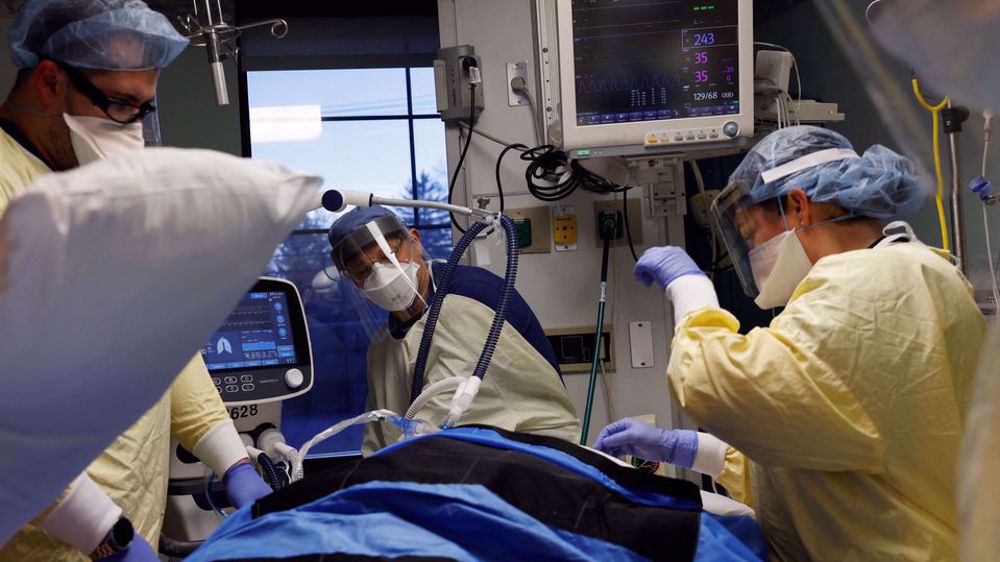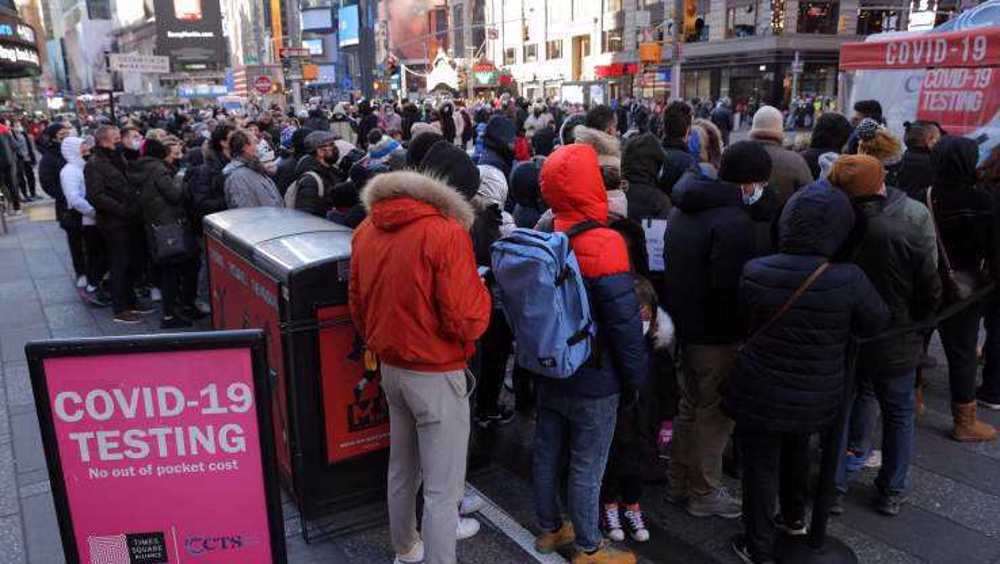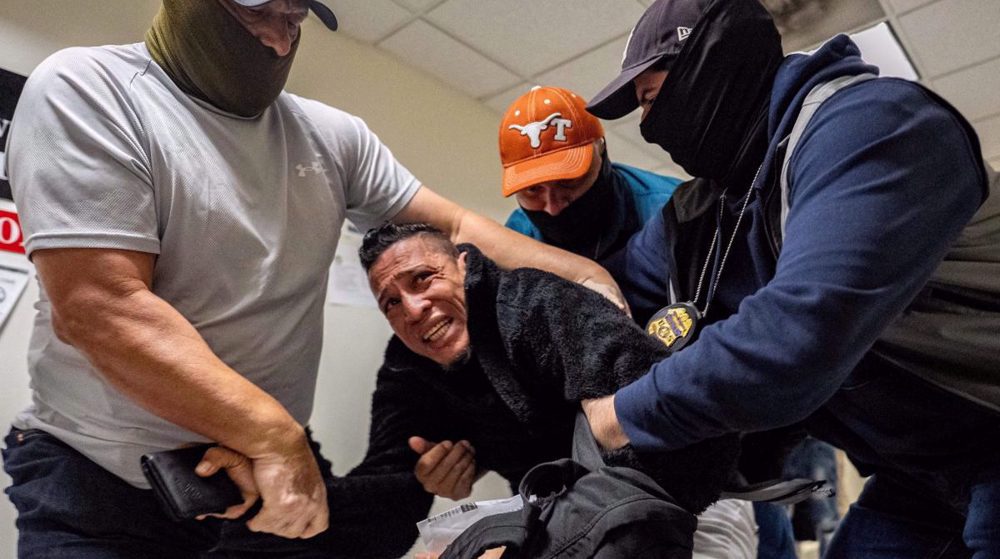Omicron overwhelms hospitals in early hit cities across US
The Omicron variant has overwhelmed hospitals in early hit cities across the United States, with experts saying this could be just the beginning.
Since late December, hospitalizations have increased steadily as Omicron quickly overtook Delta as the dominant coronavirus variant in the United States.
Among the new variant’s symptoms for American cities are disrupted city services and short-staffed schools.
While in Kansas, overwhelmed hospitals are turning away ambulances, in Los Angeles, hundreds of police and firefighters are out sick with the virus.
Meanwhile in New York City, garbage collection and subway services have been delayed because of staff shortages.
And schools all across the country which struggled to stay open have few teachers left to teach.
“This really does, I think, remind everyone of when COVID-19 first appeared and there were such major disruptions across every part of our normal life,” Tom Cotter, director of emergency response at the non-profit Project HOPE, told the Associated Press.
Although data have shown the Omicron strain causes milder illness than previous variants, especially in vaccinated people, its transmissibility is staggering.
During the pandemic’s previous all-time peak in the US in January 2021, the country’s daily average recording of cases was nearly 251,000, today, however, that figure is over 656,000.
That contagiousness alone is causing a crisis in the US’ healthcare. In New York, the State Department of Health has ordered 40 hospitals to stop performing non-essential surgeries.
“We will use every available tool to help ensure that hospitals can manage the COVID-19 winter surge,” Acting State Health Commissioner Mary Bassett told WABC.
In Johnson County, Kansas, some filled-up hospitals have told incoming ambulances to go somewhere else. In addition, given no beds left to offer, they have asked emergency room patients to convalesce in waiting rooms.
“What my hope is and what we’re going to cross our fingers around is that as it peaks... maybe it’ll have the same rapid fall we saw in South Africa,” Dr. Steve Stites, chief medical officer at University of Kansas Hospital, told AP. “We don’t know that. That’s just hope.”
Despite the fact that Omicron’s mortality rate so far appears to dwarf those of previous variants, its enormous caseload means its death toll could still be significant.
In Cook County, Illinois (which includes Chicago), the daily average death count was 7 at the beginning of December. By 8 January, that figure had gone up to 31. In the same timeframe, the daily death count in New York City has soared from 11 to 56.
The country’s hospitalizations approached 123,000, appearing poised to top the record above 132,000, according to a Reuters tally.
Gaza urges global action nearly a year after abduction of Dr. Abu Safiya
Iran opens major seawater transfer project to Isfahan
VIDEO | Israel is collapsing from within
UN raises alarm over ongoing Israeli strikes near peacekeepers in Lebanon
Iran, Egypt urge global action to end Israel’s violations in Gaza, Lebanon
21,000 Palestinian children ‘disabled or amputated’ in Gaza: NGO
Qatar warns Gaza deal not a true ceasefire without Israeli withdrawal
Explainer: Why is America losing its young generation to mental health epidemic











 This makes it easy to access the Press TV website
This makes it easy to access the Press TV website